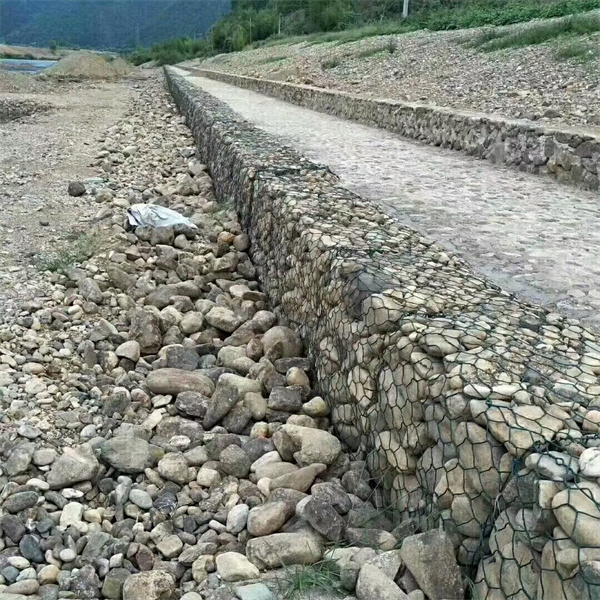Ago . 17, 2024 08:10 Back to list
Understanding the Concept and Uses of Gabions in Modern Construction
Understanding Gabion Meaning and Applications
Gabion is a term that originates from the Italian word gabbione, which means large cage. In modern English, it refers to a cage or basket, typically made of wire mesh, that is filled with materials such as stones, concrete, or soil. Gabions have become popular in various construction and landscaping applications due to their versatility, durability, and aesthetic appeal.
The primary purpose of gabions is to provide structural support and erosion control in various environments, particularly in civil engineering and environmental projects. They can be used to construct retaining walls, embankments, and erosion barriers along rivers or coastlines. When filled with rocks or other sturdy materials, gabions create a robust structure that can withstand the forces of nature, such as water flow and landslides.
Understanding Gabion Meaning and Applications
In addition to their ecological benefits, gabions are also cost-effective and relatively easy to install. The materials used to fill the gabions can often be sourced locally, reducing transportation costs and environmental impact. The installation process typically involves stacking the filled cages in desired configurations, making them a practical solution for quick, on-site construction projects.
gabion meaning in english

Gabions can be utilized in several specific applications. In drainage systems, they are often used to manage stormwater runoff, preventing erosion and flooding. When placed strategically along riverbanks, gabions can protect against soil erosion by dissipating the energy of flowing water. Similarly, they can be used in coastal protection projects to minimize the impact of waves and storm surges, safeguarding shorelines and coastal infrastructure.
Beyond their functional uses, gabions’ appeal extends to the realm of landscape design and architecture. Designers have incorporated gabions into park designs, outdoor spaces, and even residential landscaping. They can serve as decorative walls, seating areas, or privacy screens, providing both beauty and functionality. The natural materials used in gabions can be visually appealing, lending a rustic charm to urban spaces.
While gabions are highly durable, it is important to consider materials and construction methods to ensure longevity. Over time, the wire mesh can corrode if not adequately protected, so using galvanized or coated wire is advisable. Moreover, the stones used for filling should be well-graded to ensure stability and effective drainage.
In summary, the term gabion encapsulates a blend of functionality, adaptability, and aesthetic charm. As structures filled with natural materials, they play a vital role in addressing environmental challenges while offering creative solutions in landscaping and architecture. Whether used for controlling erosion, stabilizing soil, or enhancing outdoor spaces, gabions represent a harmonious approach to construction that respects both nature and design. With the increasing emphasis on sustainable practices, the relevance of gabions is likely to grow, making them a key feature in future infrastructure projects.
-
Why PVC Coated Gabion Mattress Is the Best Solution for Long-Term Erosion Control
NewsMay.23,2025
-
Gabion Wire Mesh: The Reinforced Solution for Modern Construction and Landscape Design
NewsMay.23,2025
-
Gabion Wall: The Flexible, Seismic-Resistant Solution for Modern Landscaping and Construction
NewsMay.23,2025
-
Gabion Wall Solutions: The Durable, Decorative, and Affordable Choice for Every Landscape
NewsMay.23,2025
-
Gabion Basket: The Durable and Flexible Alternative to Traditional Retaining Walls
NewsMay.23,2025
-
Gabion Basket: The Proven Solution for Slope Stability and Flood Control
NewsMay.23,2025
-
Versatility of Chain Link Fence Gabion
NewsMay.13,2025






